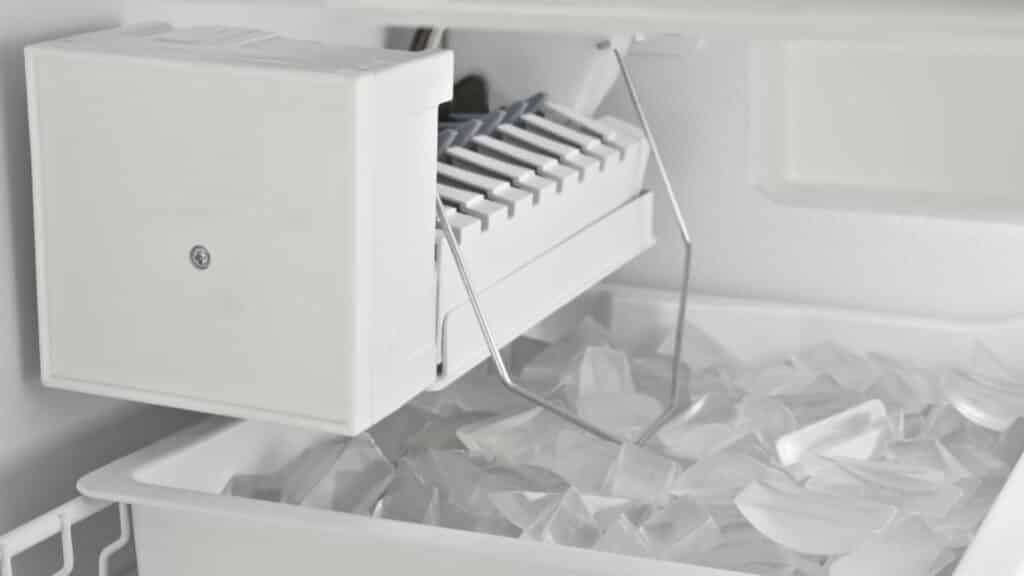When your ice maker stops working, it can be frustrating—especially during hot weather or when you’re hosting guests. Whether it’s part of a refrigerator or a standalone unit, ice maker issues are common and often fixable without professional help. This guide will walk you through common reasons, diagnostic steps, and repair options to restore your ice maker to full function.
Common Reasons Why Your Ice Maker Is Not Working
- Power Supply Issues
- Ice makers need consistent power. Check that the unit is plugged in and that the outlet is functioning.
- Inspect the circuit breaker; a tripped switch may be the culprit.
- Water Supply Problems
- Ensure the water supply line is connected and not kinked or frozen.
- A clogged or faulty water filter may restrict water flow.
- Frozen Water Line
- Freezing in the water inlet line can block ice production.
- Defrosting the line may fix the issue.
- Faulty Ice Maker Switch
- Some models have an on/off switch or arm. Make sure it is turned on and not stuck.
- Defective Water Inlet Valve
- The valve controls water flow into the ice maker. A malfunctioning valve may need replacement.
- Full Ice Bin
- If the bin is full, many ice makers stop producing ice until space is available.
- Empty the bin and allow the cycle to reset.
- Temperature Problems
- Ice makers usually require a freezer temperature of around 0°F (-18°C).
- If the temperature is too high, ice production will stop.
- Clogged Filter
- Over time, filters can become clogged and restrict water flow.
- Replace your water filter every 6 months or as recommended.
Troubleshooting Steps
- Check the Power and Reset the Unit
- Unplug and replug the ice maker.
- Some models have a reset button—consult your user manual.
- Inspect the Water Supply Line
- Look for any leaks, kinks, or ice blockages.
- Flush the line if needed.
- Test the Ice Maker Mechanism
- Lift and lower the control arm to test the cycle.
- Listen for movement or water entering the unit.
- Replace or Clean the Water Filter
- Remove and inspect the filter. Replace if it appears dirty or old.
- Evaluate Freezer Temperature
- Use a thermometer to ensure it’s cold enough.
- Clean the condenser coils if the freezer seems warm.
When to Call a Professional
If you’ve tried the above steps and your ice maker is still not working, it might be time to call an appliance repair technician. Signs you need help include:
- Loud or unusual noises
- Leaking water
- No water flow at all
- The motor isn’t running
Ice Maker Maintenance Tips
- Replace filters regularly.
- Clean the ice bin and machine monthly.
- Check and maintain water pressure (usually between 20–120 psi).
- Defrost ice buildup promptly.
Conclusion
An ice maker that’s not working doesn’t always mean a costly repair. In many cases, you can diagnose and fix the problem yourself with a little time and the right information. Start by checking power and water supply, then move on to filters, temperature, and internal parts. With regular maintenance and prompt troubleshooting, you can keep your ice flowing all year round.

